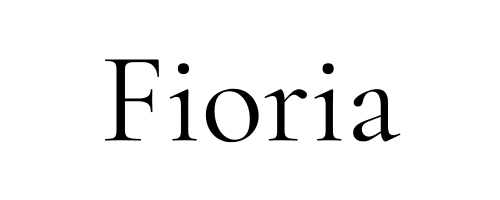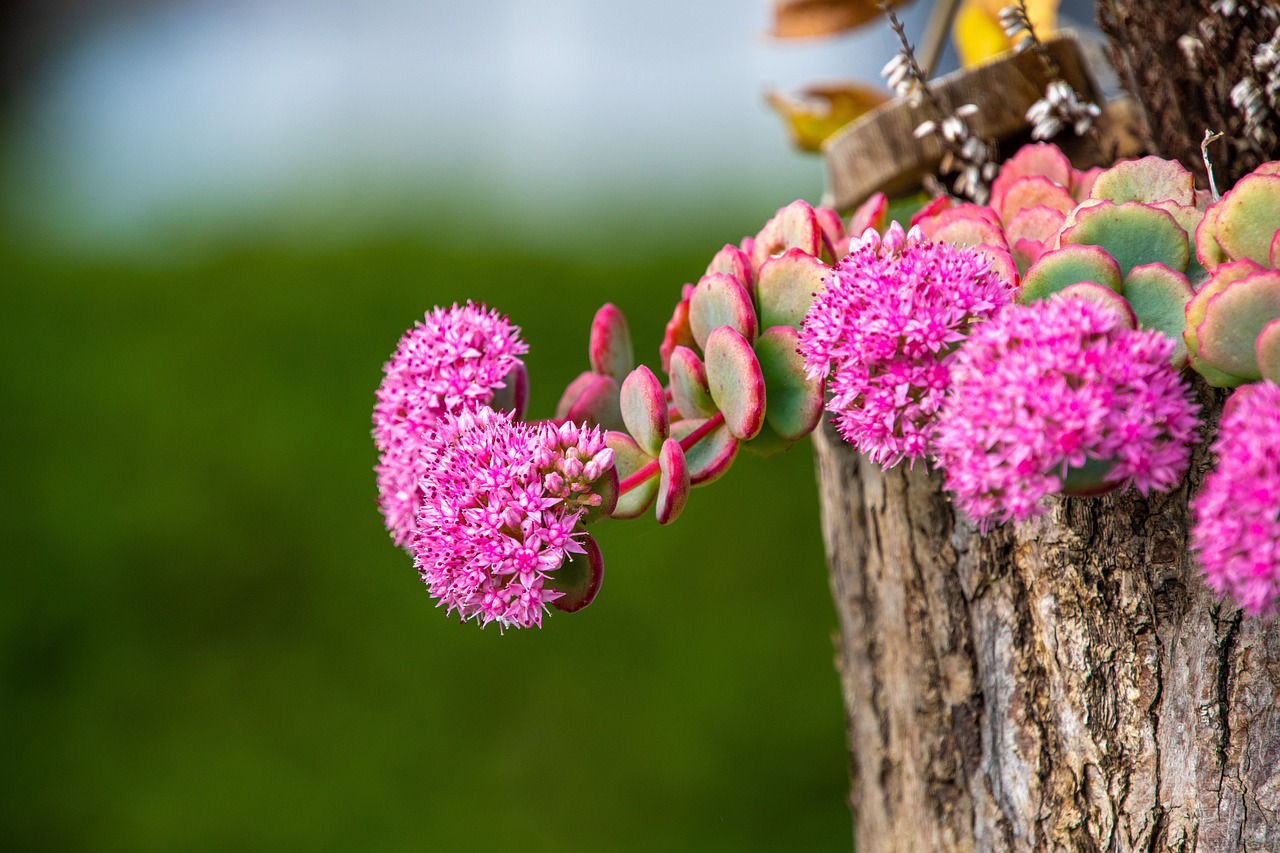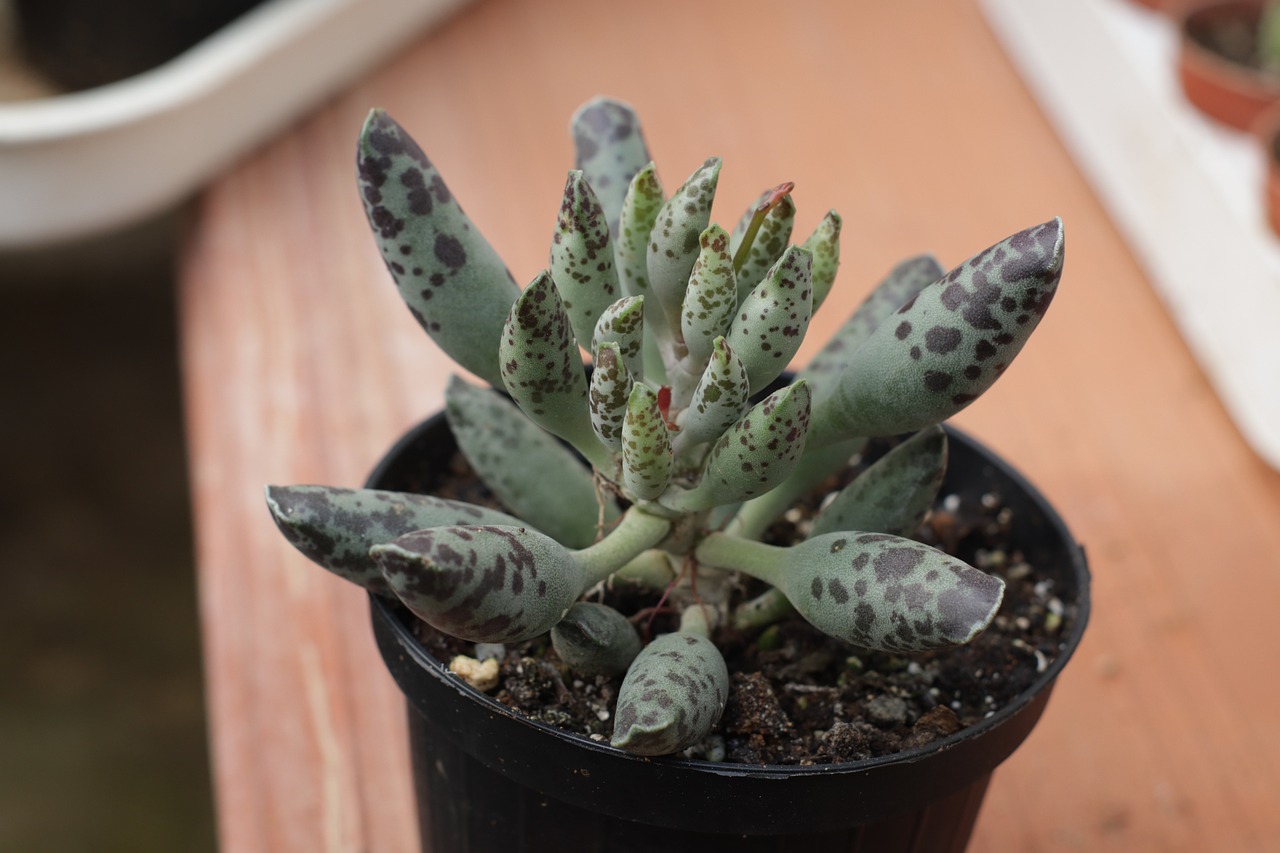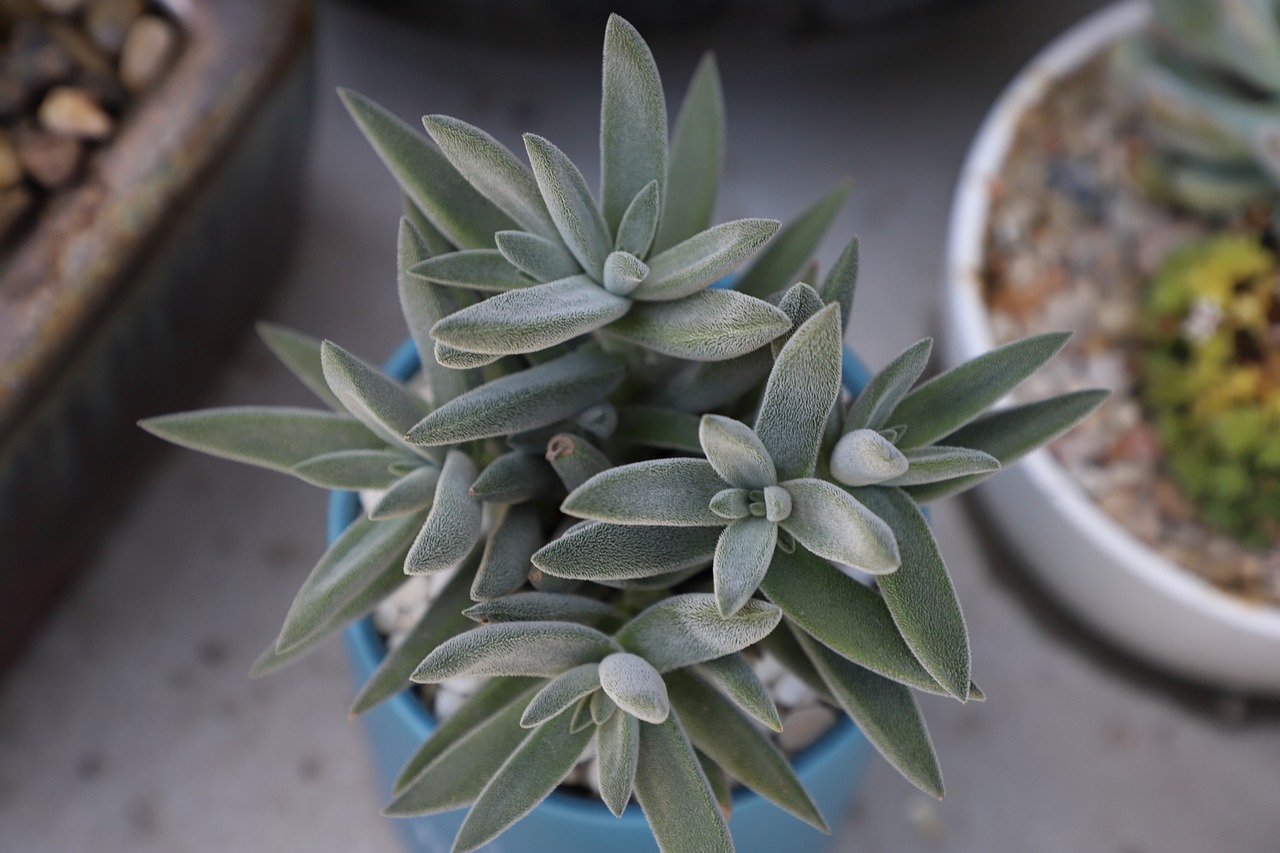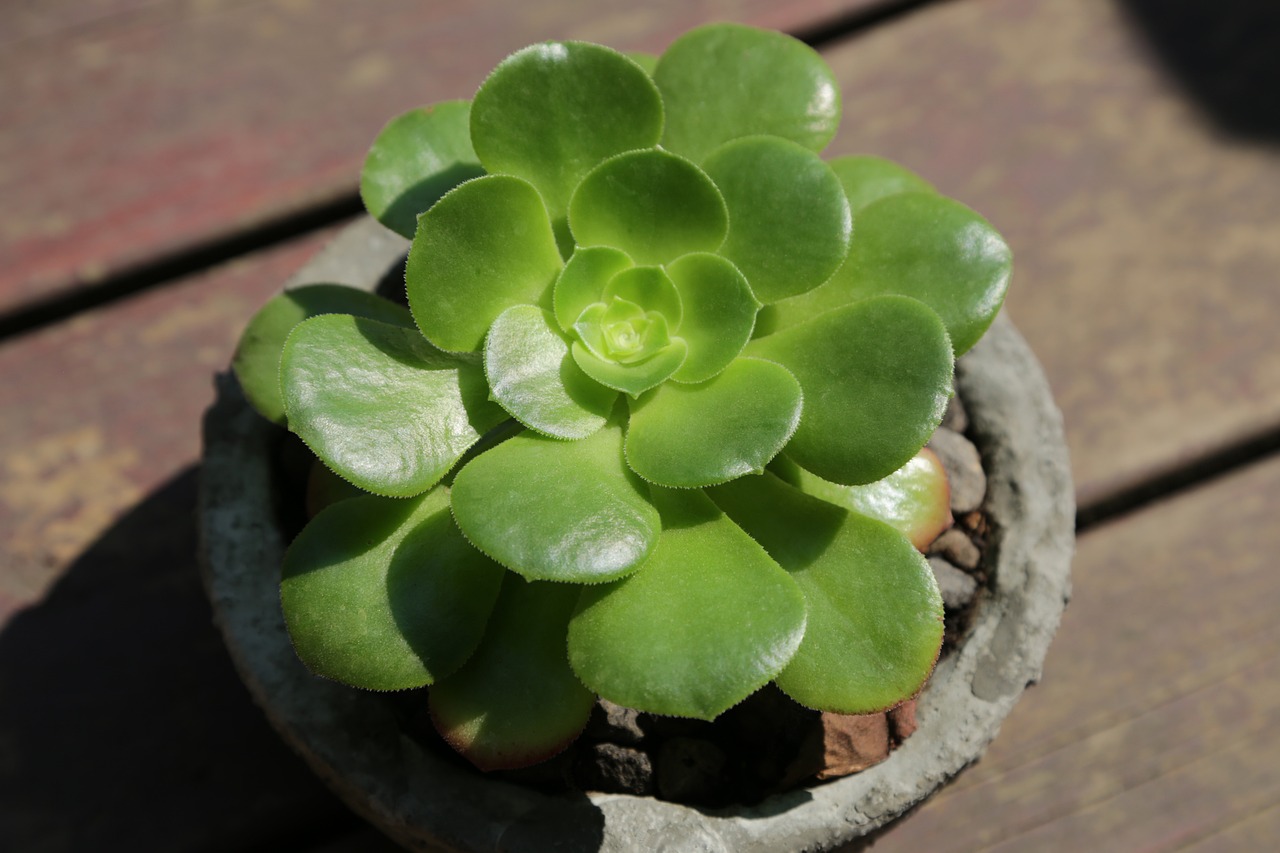Graptopetalum: Features and Care
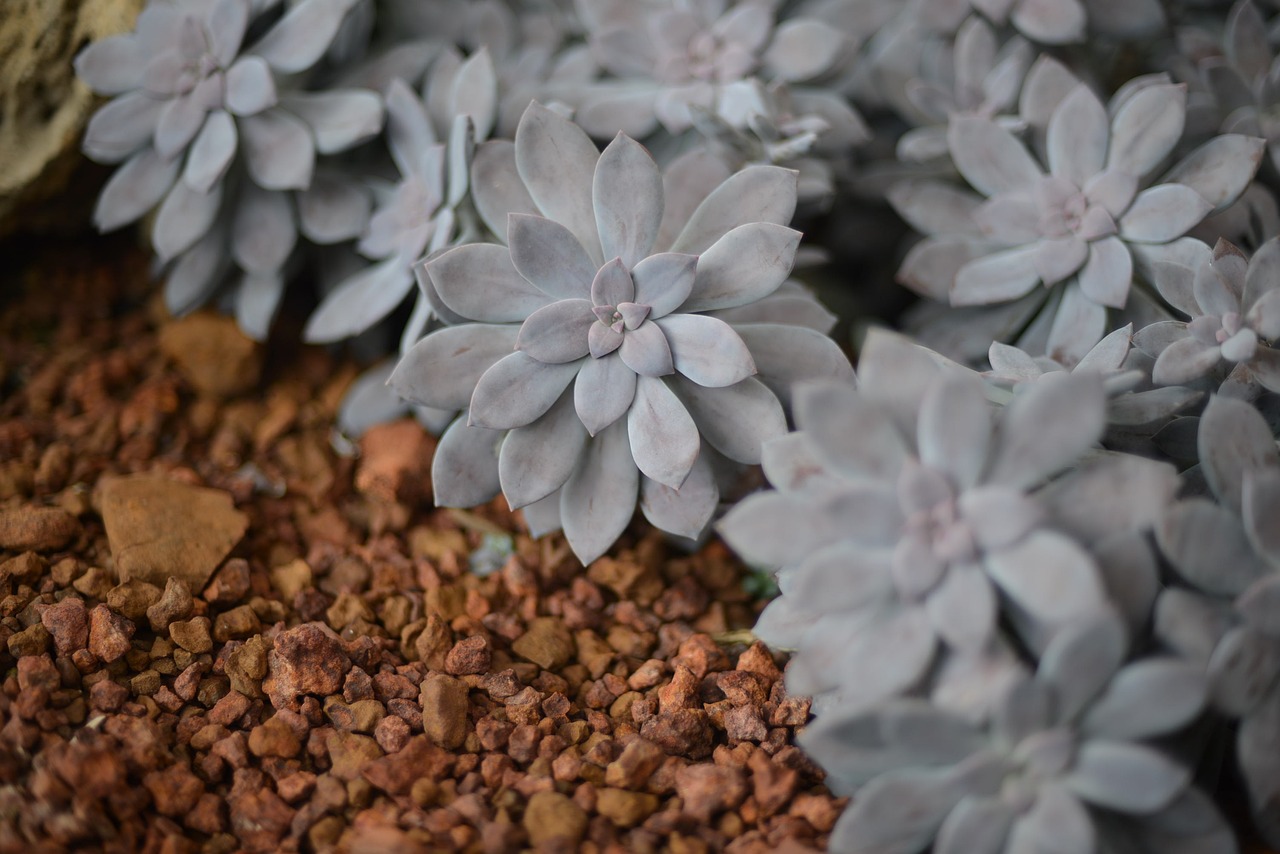
Graptopetalum is a succulent plant characterized by its thick, rosette-shaped leaves. Its beautiful colors and unique shapes make it a popular choice for indoor decoration.
This article provides detailed information about Graptopetalum, including its basic facts, cultural and historical significance, and care tips.
Basic Information
- Scientific Name: Graptopetalum spp.
- Family: Crassulaceae
- Origin: Mexico and the southwestern United States
- Appearance: Graptopetalum forms geometric and visually appealing rosette-shaped leaves. The leaves are thick and come in shades of gray, pale pink, or green, depending on the variety. From spring to summer, small star-shaped flowers add a charming accent to the plant.
- Blooming Season: Spring to summer (varies by variety and region)
Cultural Significance Around the World
Graptopetalum is loved primarily among succulent plant enthusiasts. Its unique appearance and resilience make it a popular choice for indoor decor and succulent gardens. In Mexico, it is often used in landscaping to symbolize the arid beauty of the region.
In Asia, Graptopetalum has gained recognition during the succulent plant boom. It is often displayed in ceramic pots or hanging planters, adding a modern touch to interiors. Succulents, including Graptopetalum, are also seen as symbols of “prosperity” and “endurance.”
Historical Episodes
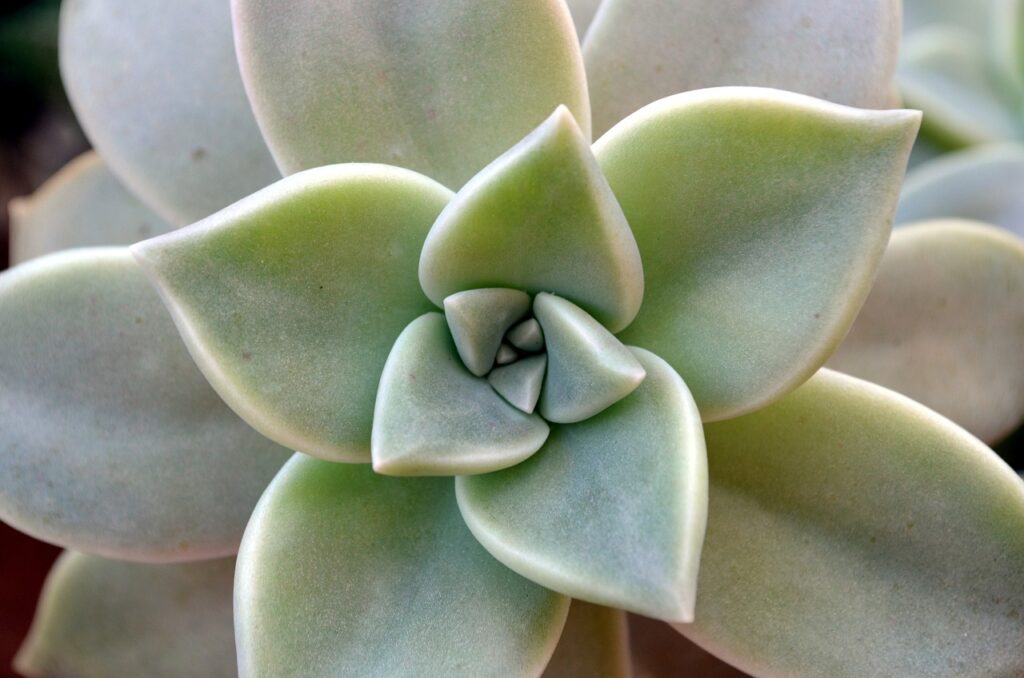
Graptopetalum’s history is relatively recent. It became widely known in Europe and America during the late 19th and early 20th centuries. In its native Mexico, it has been valued for its ability to thrive in harsh, dry conditions and was historically used in garden designs and as a natural windbreak.
The development of Graptopetalum as an ornamental plant began in the 20th century, with enthusiasts creating hybrids of various shapes and colors. Today, it is cherished worldwide as a decorative plant.
Gardening Advice
Graptopetalum is easy to care for, making it an ideal choice for beginners. Here are some key care tips:
Sunlight
Prefers bright, sunny locations. Indoors, place it near a sunny window. In areas with intense sunlight, move the plant to partial shade to prevent leaf burn.
Watering
Allow the soil to dry out completely between waterings. Overwatering can cause root rot, so avoid excess moisture.
Soil
Use well-draining soil designed for succulents. Mixing sand or perlite with regular soil can also work well.
Fertilizer
During the growing season (spring to summer), apply a diluted liquid fertilizer once a month. Avoid fertilizing during the dormant period (autumn to winter).
Pruning
Remove dead or damaged leaves to improve air circulation and prevent pests.
Repotting
Repot every 2–3 years if the plant becomes root-bound.
Conclusion
Graptopetalum captivates many with its distinctive shapes and color variations. Its low-maintenance nature makes it an excellent choice for indoor or outdoor gardens.
Incorporate this beautiful plant into your daily life to enjoy the charm of nature up close.
